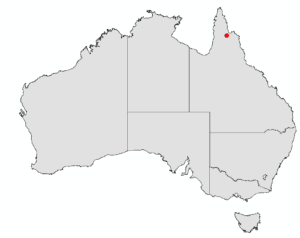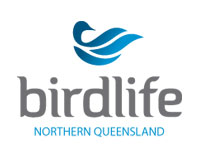A GSP looking out of their protected nest.
Electric barrier fencing - wide spread = outer barrier and narrow spread = inner barrier.
ELECTRIC BARRIER FENCING
Golden-shouldered (GSPs) have many predators, such as butcherbirds, sparrowhawks, tree-snakes and Feral Cats. Goanna's, such as the Yellow-spotted monitor (shown below) is one of the main nest predators.
We understand that predation is a natural and important process, but when numbers are so perilously low - as they are with the endangered GSP - we need to take interim actions to reduce it.
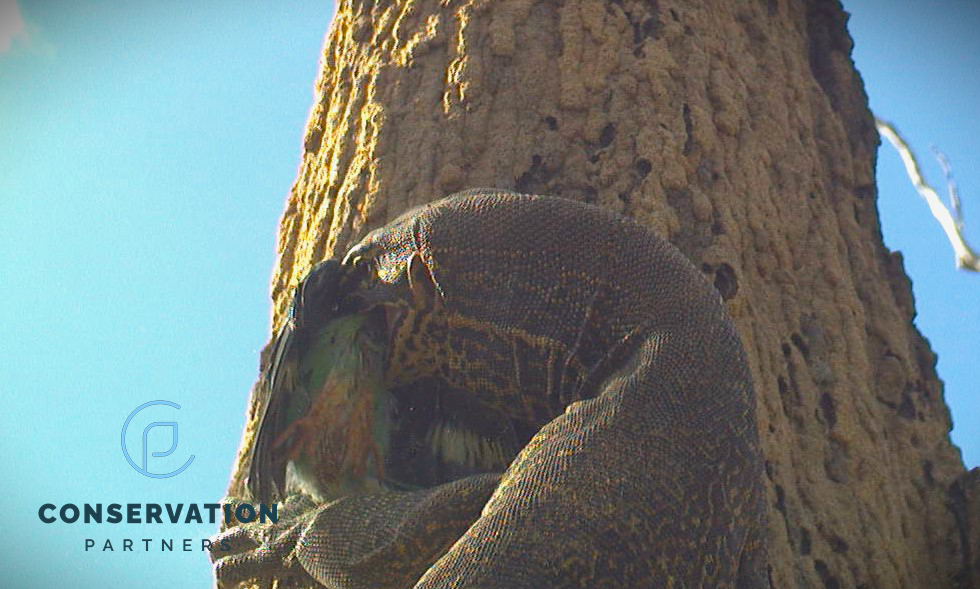
Watch John install a Tiny Fence around an active Golden-shouldered Parrot nest.
An aerial image of an electric barrier fenced nest.
A SHOCKING TRIAL
As a response of the poor success of the nests over the 2022-23 nesting season, we built electric fences around active parrot nests to safeguard vulnerable nestlings from snakes, goannas and any other ground-based predators, like feral cats.
The setup was an outer ring of two wires to stop wandering cattle. Closer to the nest we built a second, much lower barrier, with five to six narrowly-spaced wires. Both barriers were connected to a solar-powered energizer that delivered a powerful (but harmless) electric shock to any would-be nest robber. Not knowing if it would work, including how the adult parrots would respond, and given our limited budget, we started with a relatively small and cautious trial. We purchased enough equipment to protect a few nests at a time and monitored them daily. As one nest fledged, we quickly moved the equipment to another.


100% SUCCESS
Every single nest where we installed electric barrier fencing throughout the 2022-23 nesting season was successful. The fenced nests added 23 new parrots to the Artemis population.
Baby Golden-shouldered Parrots awaiting food in the nest.

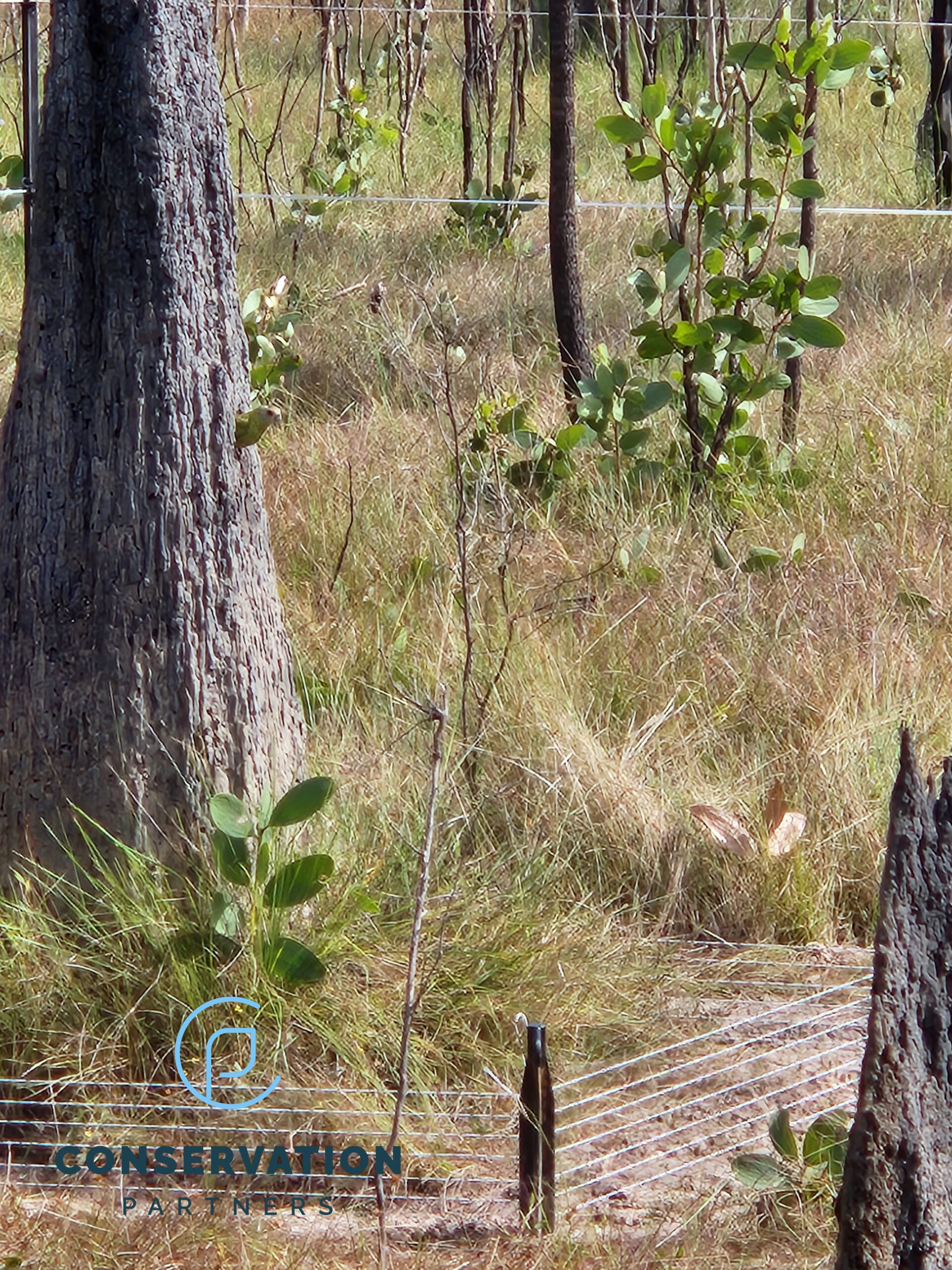
FUTURE PLANS
Our aim for coming years will be to install fences around every active nest we find. With more searching, we estimate we can find 20 active nests each breeding season. Given the five egg per nest average, we're talking about being able to add approximately 100 parrots to the population each year moving forward. This will be a significant outcome not just for the Artemis population, but the species generally.
We will protect nests with fences for the next few years as an interim management action designed to increase GSP "recruitment rates" - the rate at which parrots are recruited to the adult cohort. This, along with other intensive interim measures, will secure the population while our broader goal of reducing predation pressure through habitat restoration catches up.
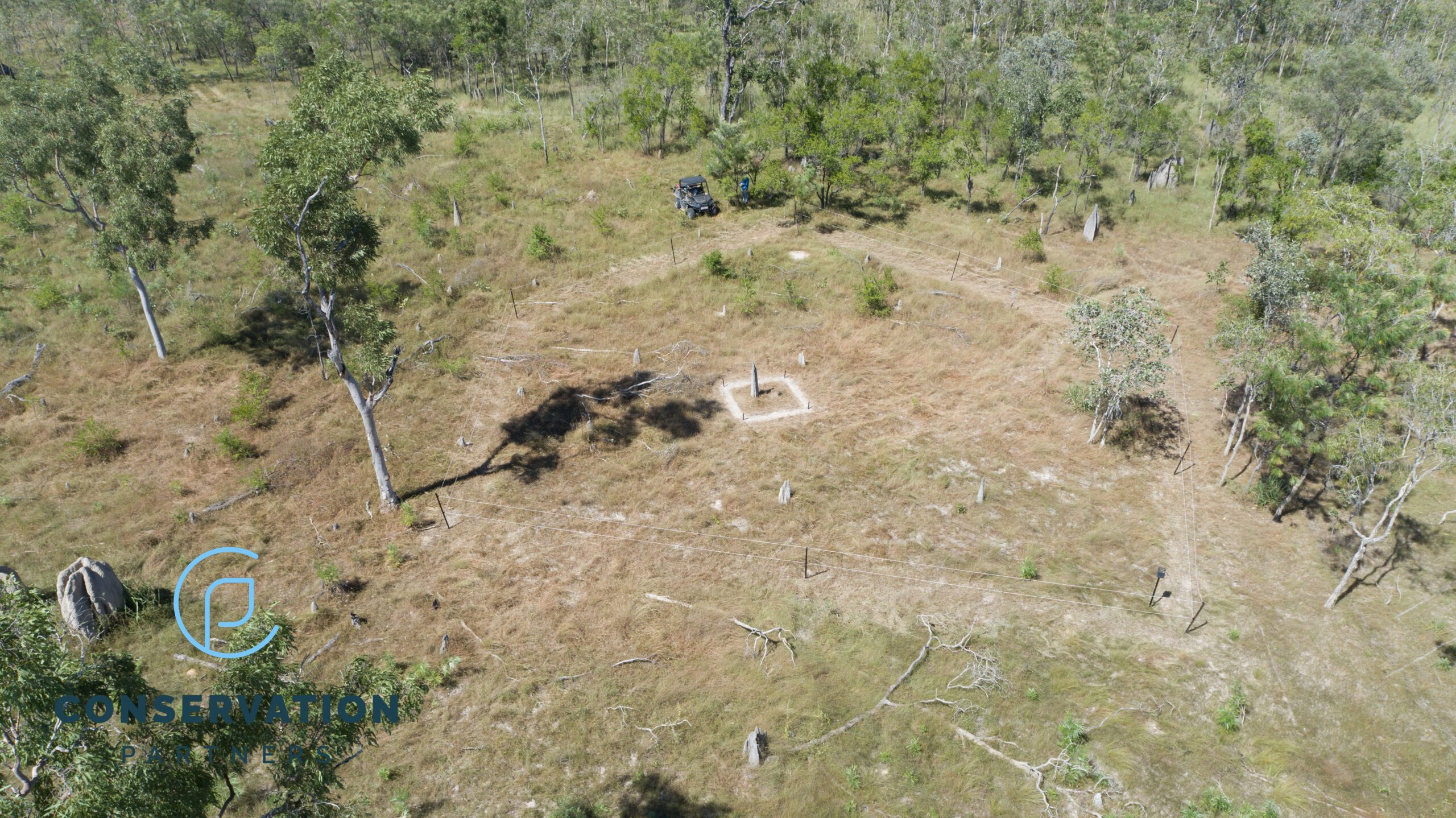
A Yellow-spotted monitor eating a Golden-shouldered Parrot in its nest.

